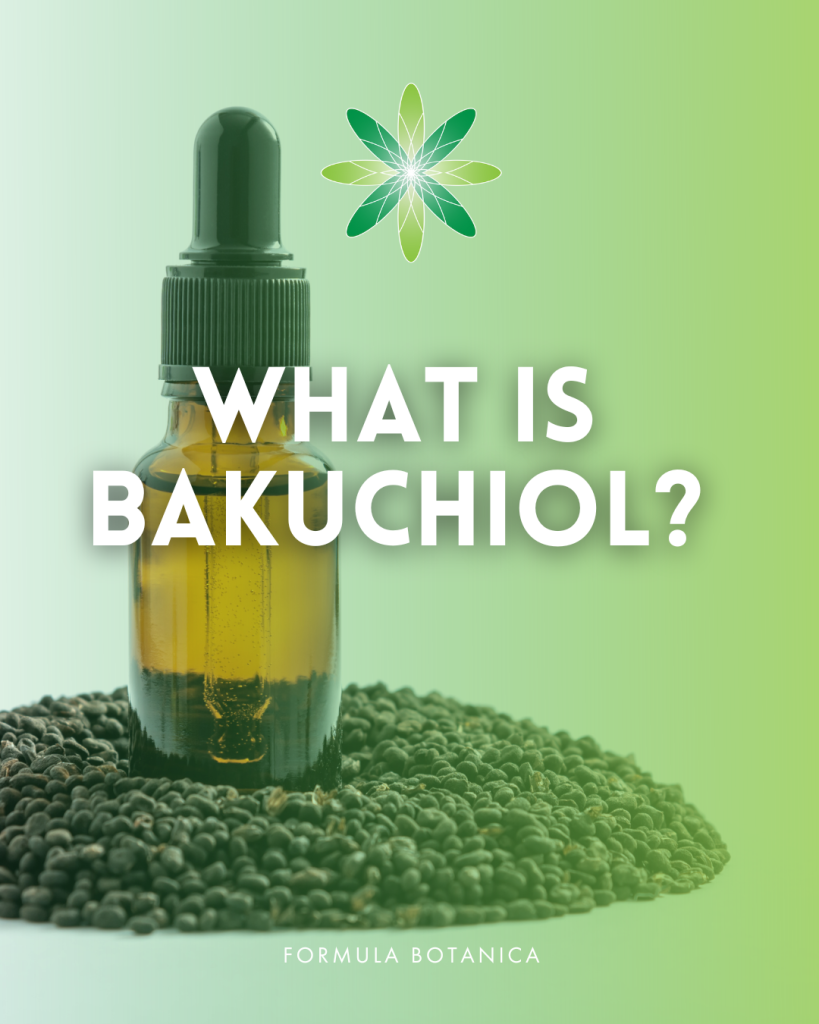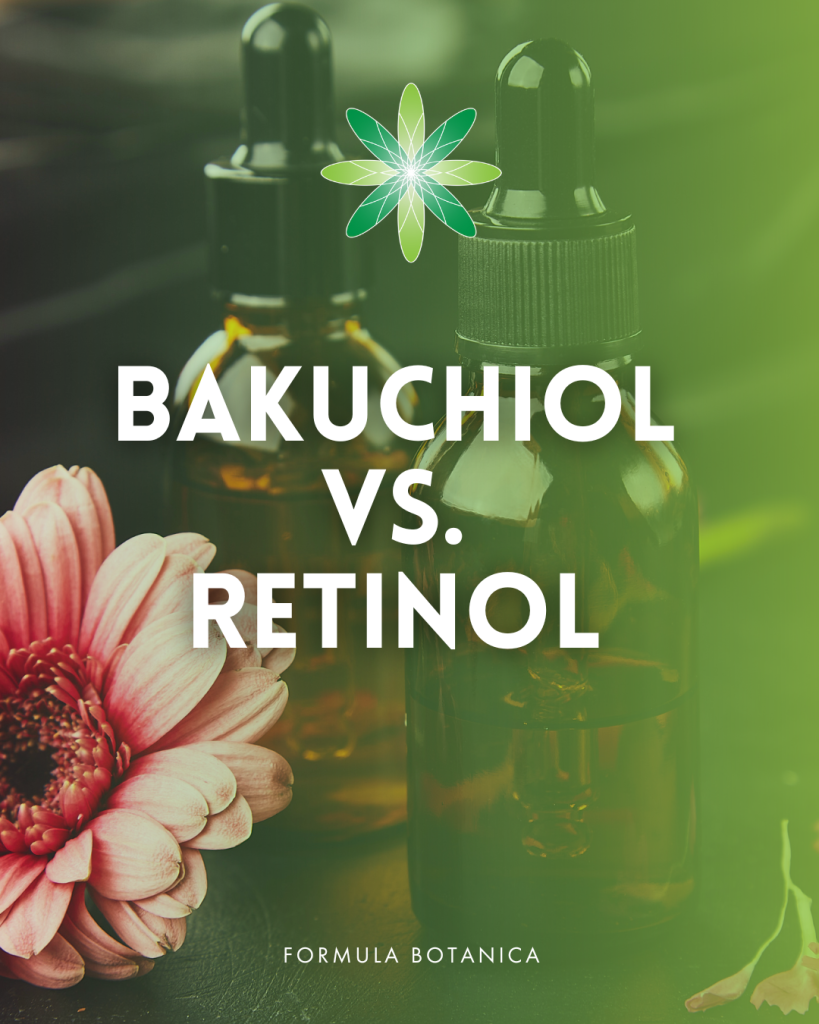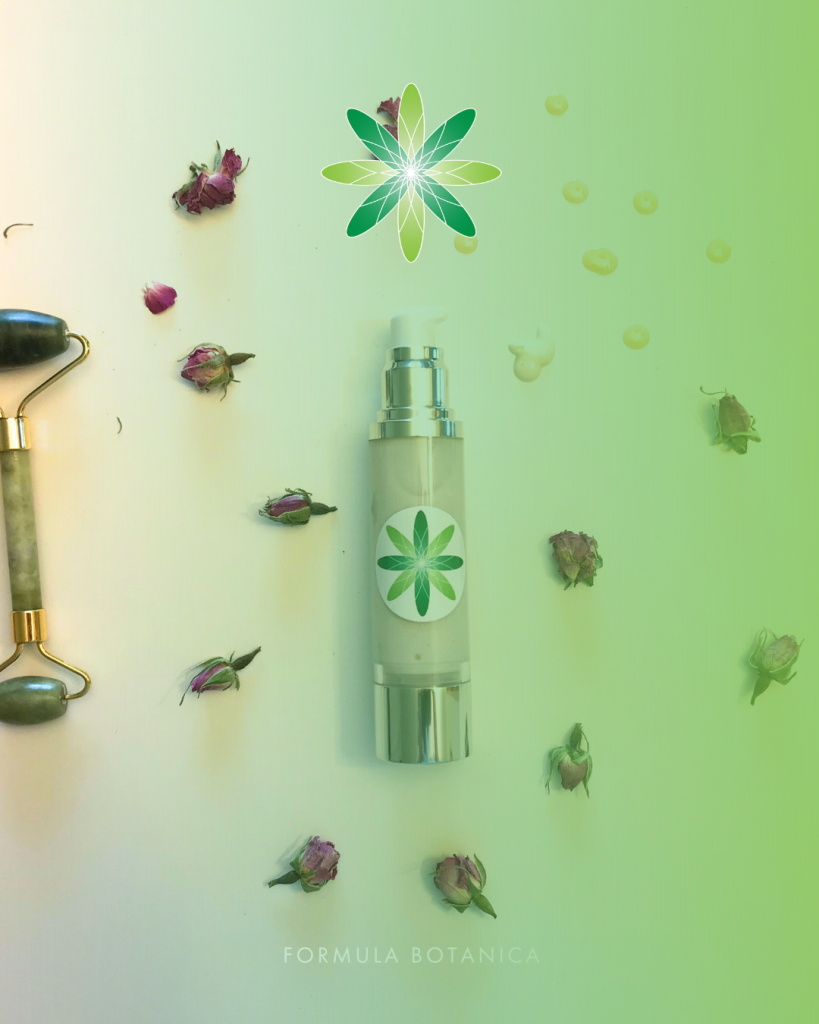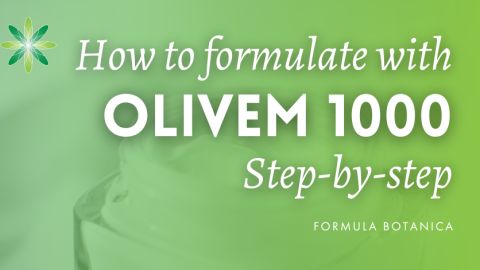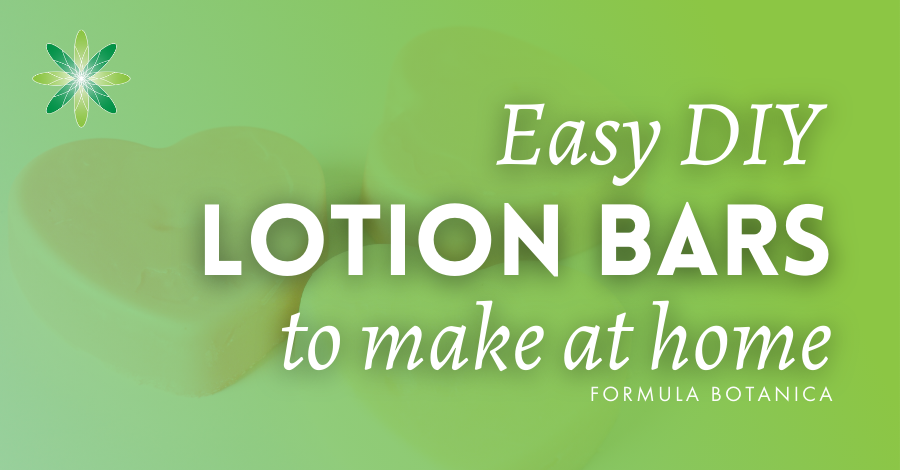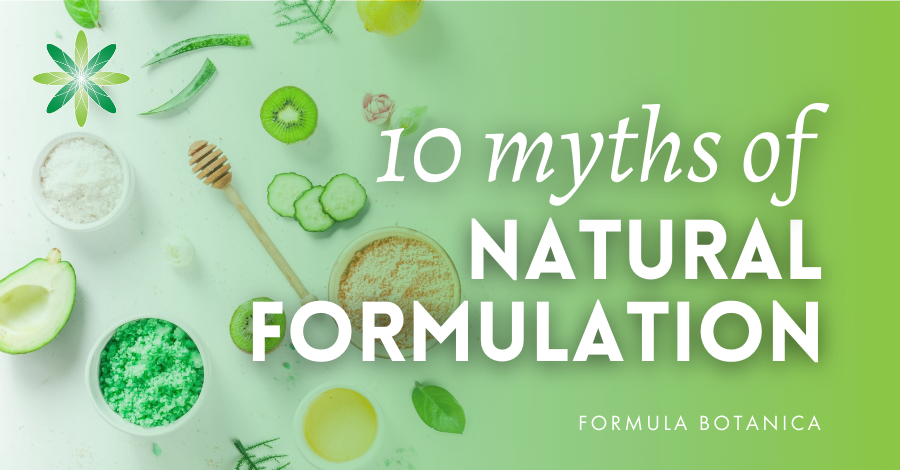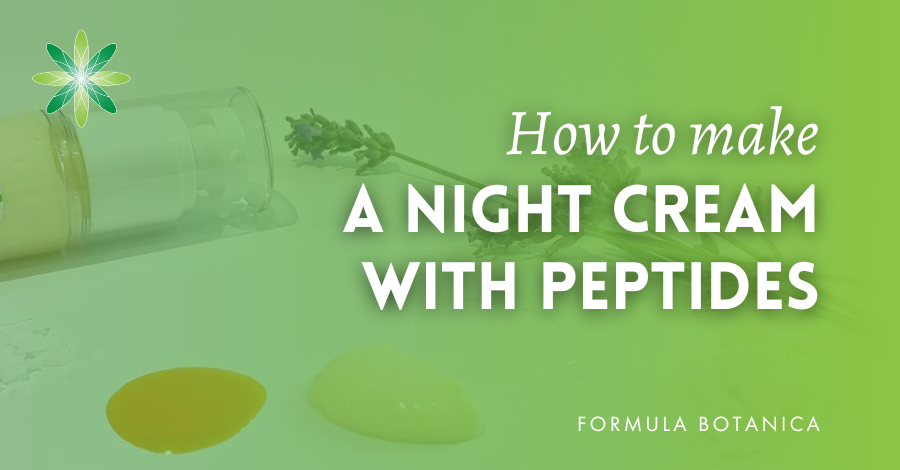Updated: 04.08.24
If you haven’t yet stumbled across the bakuchiol vs retinol debate, you’re in for a treat. For the past years, bakuchiol, pronounced ‘back-oo-chiol’, has been making waves in the green beauty industry as the ultimate natural alternative to retinol. First isolated in the 1960s from the seeds of the Psoralea corylifolia plant, bakuchiol shares a similar gene expression profile to retinol, delivering comparable benefits without the harsh side effects. So naturally, we were eager to dive into its benefits and create an amazing bakuchiol-inspired formulation for you.
What is bakuchiol?
Bakuchiol is often hailed as the natural alternative to retinol. Named after the Sanskrit word for the plant it is extracted from, bakuchiol is a plant-based ingredient native to Asia, with a rich history of use in Indian and Chinese medicine. It wasn’t until around 2007 that bakuchiol was isolated and started to be used in topical cosmetics. Its rise to fame came more recently, particularly after a pivotal 2018 study highlighted its clinical efficacy and fewer side effects compared to retinol in addressing common signs of facial ageing.
Forms of bakuchiol
There are two main ingredients derived from the babchi plant, and our formula features both. The first is babchi or bakuchiol oil which is cold pressed from the seeds, and the other is bakuchiol which is obtained through a proprietary monomolecular extraction process. You can source it as either Sytenol® A, PromaCare BKL, ActiBiso Bakuchiol, or simply Bakuchiol. The trade name will vary depending on the suppliers. When sourcing bakuchiol, remember to check the percentage of the active compound in the ingredient, as this can vary between suppliers.
Bakuchiol vs retinol skin benefits
The benefits of bakuchiol are very similar to those of retinoids but without the redness, skin irritation and photochemical instability that retinol is associated with. Bakuchiol is known to stimulate collagen production, which makes it perfect for mature skin formulations. It is also great for acne-prone skin as bakuchiol has strong antioxidant and anti-inflammatory activity, controlling sebum production and reducing the secretion of inflammatory cytokines, and inhibiting the growth of Cutibacterium acnes. Learn more about how the skin works below:
Skin barrier 101: essential guide for natural cosmetic formulators
The 2018 research we mentioned above concluded that “…bakuchiol is comparable with retinol in its ability to improve photo-ageing and is better tolerated than retinol. Bakuchiol is promising as a more tolerable alternative to retinol”.
So what’s the difference between retinol and bakuchiol?
Retinol should be used at night because it is degraded under UV light. It also causes photosensitisation- meaning it makes the skin sensitive to UV light at any time- so even if use retinol at night, you should apply SPF during the day.
If you consider these two factors, bakuchiol is better than retinol. Bakuchiol isn’t degraded by sunlight and doesn’t cause photosensitisation, so it can be used during the day.
If you’re interested in finding out more about retinol, check out our blog post about retinol alternatives or our exclusive membership site, the Lab at Formula Botanica, where we have mini-courses on bakuchiol and retinol alternatives.
Top 5 natural retinol alternatives and why you should formulate with them
What is a beauty concentrate?
The beauty concentrate we have created in this post is a lightweight cream serum. It contains a high percentage of high-performance ingredients such as cold-pressed oils, hydrosols, and various extracts and actives.
How to use a beauty concentrate?
A beauty concentrate, or facial serum, can be applied under a thicker cream or facial oil or used alone as a lightweight moisturiser. It may feel too sticky on some skins to be used alone on account of the high percentage of humectants in the emulsifier and from the glycerine and glycerite ingredients included.
As we have included so many heat-sensitive ingredients in our formulation, we have used an emulsifier that can create cold-process emulsions: Sucragel AOF bio. This emulsifier is widely known for its ability to create thick oleogels or gel-to-milk cleansers and masks. Learn how to make an oleogel below:
One of the great benefits of using cold-process emulsifiers is the fact that you can use a much higher amount of heat-sensitive oils in your emulsions without damaging them. A lot of the compounds in carrier oils can be damaged by heat so by using a cold-process emulsifier, you maintain the benefits of these wonderful oils.
Key ingredients
Watermelon seed oil
Watermelon is another ingredient that has had a lot of hype recently and is especially great as we transition into the summer months. This oil is wonderfully light and absorbs quickly, leaving a non-greasy skin feel. It is rich in essential fatty acids (EFAs), especially linoleic acid, which balances out the oleic acid that’s naturally abundant in the sebum of acne-prone skin, this, in turn, reduces clogged pores and oiliness without stripping the skin and leaving it feeling dry.
Hyaluronic acid
Hyaluronic acid is an amazing hydrating ingredient. It is found naturally in the skin, and by supplying the skin with this topical ingredient, you can boost the skin’s hydration levels. In this formula, we have used an ECOCERT-approved hyaluronic acid powder, with a low molecular weight of 10-50kDA, meaning it penetrates deep into the skin. Learn more about hyaluronic acid in our dedicated post:
Caffeine powder
Caffeine powder has many wonderful benefits when it comes to skincare. While it doesn’t quite work the same as a cup of coffee, it does supply your cells with oxygen and nutrients, stimulating circulation and reducing puffiness. Caffeine is also what is known as a vasoconstrictor which means that it constricts blood vessels. The theory behind applying this kind of ingredient to inflamed or puffy skin is that it reduces the look of any inflammation. If you’re interested in caffeine as an ingredient, see it at work in this post:
Our formulation – bakuchiol beauty concentrate
This formulation is a light, cold-process emulsion packaged in an airless pump bottle that can be used as either a lightweight moisturiser or a serum to layer under a thicker cream. Some might find this formulation a little too sticky to be used alone but it is perfect under a heavier moisturiser or sun protection factor face cream. It can also provide an extra layer of hydration while delivering all of the benefits of bakuchiol to the skin.
| Phase | Ingredients | INCI | weight |
| A | Rose water | Rosa Damascena Flower Water | 15.00 |
| A | Aloe vera juice | Aloe Barbadensis Leaf Juice | 10.00 |
| A | Neroli water | Citrus Aurantium Amara Flower Water | 5.00 |
| A | Watermelon glycerite | Glycerin, Aqua, Citrullus Lanatus (Watermelon) Fruit Extract, Potassium Sorbate, Sodium Benzoate | 3.00 |
| A | Hyaluronic acid powder | Sodium Hyaluronic | 0.25 |
| A | Caffeine powder | Caffeine | 0.20 |
| B | Sucragel AOF Bio | Glycerin & Prunus Amygdalus Dulcis (Sweet Almond) Oil & Sucrose Laurate & Citrus Aurantium Dulcis (Orange) Fruit Water | 4.00 |
| C | Babchi oil | Psoralea Corylifolia Seed Oil | 5.00 |
| C | Watermelon seed oil | Citrullus Vulgaris Oil | 2.50 |
| C | Olive squalane | Squalane / Olea Europaea Fruit Oil | 0.50 |
| C | Bakuchiol (Sytenol® A) | Bakuchiol | 0.25 |
| C | Vitamin E | Tocopherol | 0.25 |
| C | Rosemary CO2 antioxidant | Helianthus Annuus Seed Oil (and) Rosmarinus Officinalis Leaf Extract (and) Ethanol | 0.05 |
| C | Neroli essential oil (5% dilution in sweet almond oil) | Prunus Amygdalus Dulcis Oil, Citrus Aurantium Flower Oil | 0.25 |
| C | Geranium essential oil | Pelargonium Graveolens Oil | 0.25 |
| D | Vegetable glycerine | Glycerine | 2.50 |
| D | Amigel | Sclerotium Gum | 0.45 |
| D | Xanthan gum | Xanthan Gum | 0.05 |
| E | Euxyl K903 preservative | Benzyl alcohol, Benzoic acid, Dehydroacetic Acid and Tocopherol | 0.50 |
| Total: 50.00 |
Babchi oil contains naturally occurring compounds called psoralens which in certain circumstances can be phototoxic. For this reason, we recommend using it sparingly, and always at less than 10%. In this case, in our formulation, we used 5%. Bakuchiol (INCI: Bakuchiol) has these compounds removed, but you should always follow the manufacturer’s guidelines for use.
Formulation method: bakuchiol beauty concentrate
Step 1: Prep your workspace
Prep your workspace by cleaning and sanitising your surfaces and equipment. Lay out all the essential ingredients.
Step 2: Blend the xanthan gum with the glycerine
Weigh out the xanthan gum in a beaker, and add the glycerine. Combine both with a glass rod to create a slurry. This is your phase D.
Step 3: Weigh phase A
In another beaker, weigh the rose hydrosol, aloe vera juice, neroli hydrosol, watermelon glycerine, hyaluronic acid powder and caffeine powder. Stir with a glass rod until the powders have fully dissolved. This is your phase A.
Step 4: Combine phases A & D
Combine the glycerine-gum mixture with the phase A ingredients to create a sort of thick gel. Set aside for a few minutes so it can hydrate fully.
Step 5: Weigh phase C
Weigh out the oil-based ingredients into a beaker and stir to combine fully. This phase consists of your bakuchiol oil, watermelon oil, squalane, bakuchiol, vitamin E, rosemary CO2, neroli essential oil, and geranium essential oils.
Step 6: Weigh phase B
Weigh out the phase B sucragel into a separate beaker.
Step 7: Combine phases B & C
Stir the sucragel until it turns opaque and then very slowly add Phase C to phase B drop by drop, stirring well after each addition. This will take some time.
Step 8: Combine phases A/D with phases B/C
You should now have two beakers: one containing phases A/D and the other with phases B/C. You can now combine the two phases, stirring well after each addition. Once they are fully combined you can homogenise the mixture. We used a mini whisk with a flat blade, which is ideal for mixing small batches.
Step 9: Check pH
You can now check the pH of the product using the process recommended by the manufacturer of your pH equipment and adjust as needed to within the range of 5-5.5.
Step 10: Add preservative
Add the preservative and blend thoroughly.
Step 11: Check/adjust the pH
Finally, you can check the pH again to make sure it is still in a suitable range for the preservative. This should be indicated in your preservative’s safety data sheet.
Step 12: Package & label
Transfer your creation into a suitable container and label it according to your records.
FAQ
Bakuchiol is a powerful antioxidant known to stimulate collagen production which can help reduce wrinkles while increasing the skin’s elasticity and resilience. It is also useful in products for acne-prone skin. Overall, bakuchiol is an excellent addition to skincare formulations.
Bakuchiol offers benefits similar to retinol but without its associated drawbacks. Unlike retinol, which can cause redness, skin irritation and is prone to photochemical instability, bakuchiol is gentle on the skin. This makes it suitable for sensitive skin and allows for application both morning and evening. In contrast, retinol can only be used at night because it is unstable and loses activity when exposed to sunlight.
Bakuchiol is a natural, plant-based substance, extracted from the seeds of the babchi plant. It is different from babchi oil, which is a carrier oil made from the babchi plant.
Join us at Formula Botanica, where tens of thousands of students and followers take our free and paid online courses to learn how to formulate organic skincare and haircare for themselves or to sell and also how to set up a beauty brand and business.
Suggested Suppliers
Aromazone (EU).
Aromantic (UK)
Alexmo Cosmetics (EU)
Manske (EU)
Soap Kitchen (UK)
Elemental (EU)
Lotioncrafter (USA)
Essential Wholesale (USA)
Go Native (New Zealand)
Naturally Balmy (UK)
O&3 – The Oil Family (UK, EU)
Soap & More (Canada)
References & Useful Links
Prospective, randomized, double‐blind assessment of topical bakuchiol and retinol for facial photoageing: British Journal of Dermatology (published: 27 June, 2018).
Sytenol® A Bakuchiol – manufacturer of natural bakuchiol extract.
Leave us a comment

Brooke Medhurst is a Tutor at Formula Botanica. Find out more about the Formula Botanica Team.


